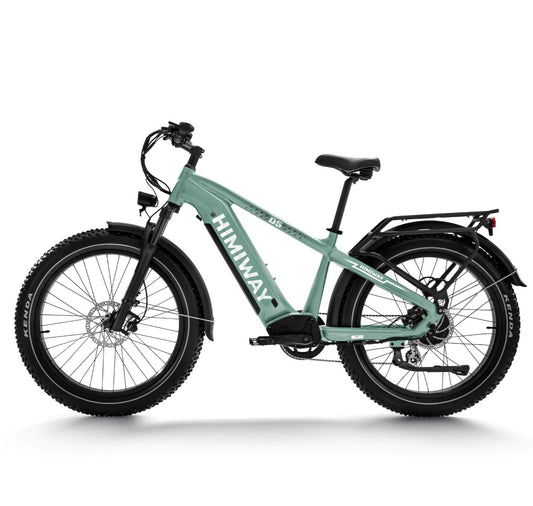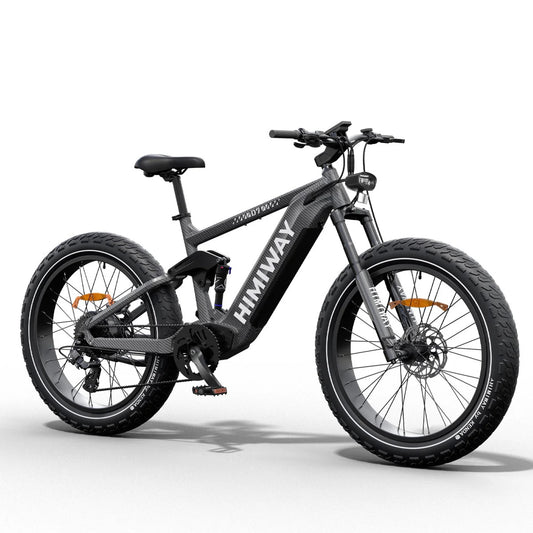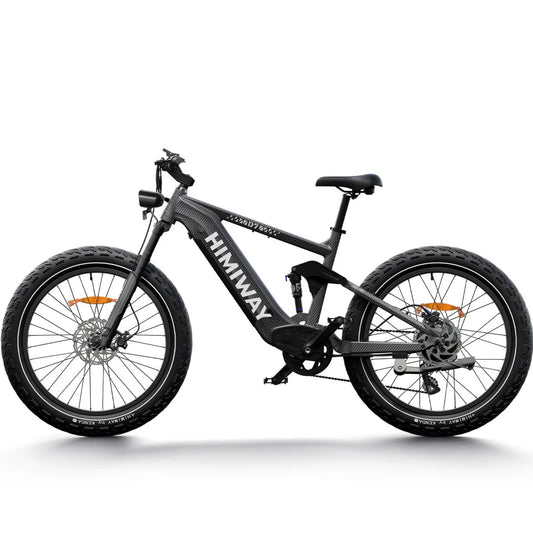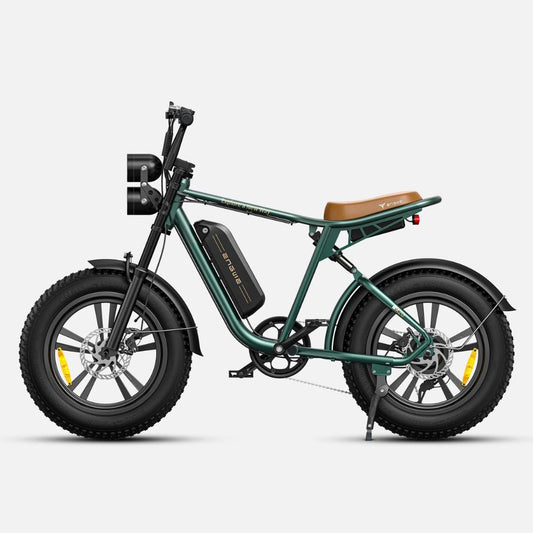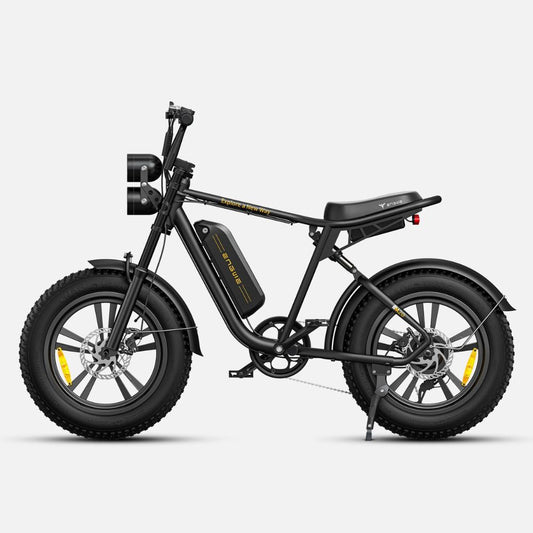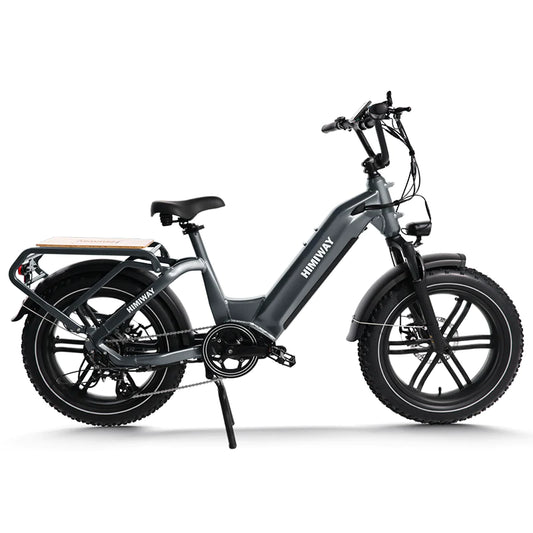FAQs
We're here to help! Anything that isn't answered here, please reach out to us.
Q: What warranty do you offer on your products?
A: All products come with full manufacturer warranties of at least one year and many products have two or more year warranties. Please check the individual product pages for specifics.
Q: What is your after-care policy?
A: Rest assured we are here to support you. You contact us directly and we take care of all arrangements required. We operate a three tiered approach to providing you with the best after-care, leveraging a nationwide network of partners. First, we will always endeavour to arrange for one of our mobile mechanics to come to you. Second, if this isn't possible, we arrange for a local partner to collect your bike and undertake necessary work at their bicycle shop, dropping your bike back to you on completion. Third, if the above options are unavailable in your area, we will arrange an appointment with a local partner and you simply drop your bike off to them.
Q: What is an electric bike?
A: An electric bike, or e-bike, is a bicycle equipped with an electric motor to assist you when you’re pedalling. The motor will get its power from a rechargeable battery mounted on the bike. To classify as an e-bike, the motor has to help you rather than propel you on its own. As a result, you need to pedal to get that assistance. How much power the motor delivers is regulated based on how hard you are pedalling and the level of support you have selected. Electric bike systems offer a number of modes to choose from, allowing you to balance the amount of power supplied through the pedals with range and battery life.
Q: Do I need to assemble my electric bike once delivered?
A: The majority of our bikes are delivered 95% assembled. This means that typically only the pedals need to be attached, and the handlebars straightened. If you have any concerns whatsoever please get in contact because we can help!
Q: Any tips to maintain and prolong the performance of my electric bike lithium battery?
A: Maintaining your electric bike's battery is very important. As with all lithium batteries certain steps taken can go a long way in preserving its performance and longevity. 1 - Store & charge the battery at room temperature (not too cold or hot) it puts less stress on the cells, 2 - Regularly charge the battery (especially if not used frequently), do not let it drain completely, 3 - Top up after each ride (even if it's short). For the dedicated, if you want to get the absolute most out of your battery, it'll have the longest life if stored at a % less than 100.
Q: What's the difference between hub & crank/mid motors?
A: A hub motor can be positioned either at the centre (hub) of the front or rear wheel. With the motor on the rear hub, riders will sense that they're being pushed along, and manufacturers typically prefer this method to putting down the power. Conversely, at the front, riders will feel pulled, and may need to take more care with braking, especially in corners, taking into account the power being delivered through the front wheel. Crank or mid positioned motors sit between the peddles, and perhaps offer the most natural experience for the rider, but are manufactured less and can be priced higher.
Q: What are the different units that indicate motor or battery performance?
A: Motor - Typically you'll see the electric motors ranked by wattage (abbreviated to W or w), the greater the wattage the more mechanical power it will produce. Battery - Ampere hours, more familiarly know as amps (abbreviated to Ah or ah) and voltage (abbreviated to V or v), both in their own way and in simplistic terms convey the capacity of the battery. The greater the voltage and ampere hours, the further your battery will take you.
Q: Should I be looking for a particular "size" bike?
A: It can be useful, certainly when there are different size options available, to pick a bike that "fits" you. Visit our size guide to keep things simple! However, a lot of bikes can cater to a broad range of heights & sizes. Frames come in plenty of different shapes and many are conducive to easily mounting the bicycle irrespective of the rider's height - typically by dropping the top bar at a diagonal to reduce the height the rider's leg needs to be raised. Combine this with adjustable saddles and handlebars, and one bike can fit many!
Q: What is the UK law regarding electric bikes?
A: An engine power output of 250w and an assisted top speed of 15.5mph is legally allowed on public roads. Anything greater must be ridden only on private land.
Q: Do I need a licence to ride an electric bike?
A: No licence, insurance or road tax is required for riding on UK roads or cycle paths. The rider must also be over 14 years of age.
Q: What is the legal classification of an electric bike?
A: Electric bikes are known as ‘electrically assisted pedal cycles’ (EAPCs). You do not need a licence to ride one and it does not need to be registered, taxed or insured.
Q: What if an electric bike has an engine output greater than 250w and a top speed greater than 15.5mph?
A: If you wish to ride on a public road, any electric bike that does not meet the EAPC rules (above) is classed as a motorcycle or moped and needs to be registered and taxed. You’ll need a driving licence to ride one and you must wear a crash helmet. Otherwise they can be ridden on private land.
Q: Are electric bikes efficient?
A: Electric bikes offer an incredible energy-saving, green and fun alternative form of transport. To illustrate, the same amount of energy it takes to power a 100w light bulb for an evening would be enough to power a typical e-bike for 20-30 miles! In fuel terms, the energy efficiency would be the equivalent of 1,500-2,000 miles per gallon!
Q: What are the benefits of "fat tyres"?
A: Some of the benefits of fat tyres are that they offer a smoother ride, extra durable (long-life), and give a different aesthetic look.
Q: What is the legal classification of an electric scooter?
A: “Powered transporters” is a term used to cover a variety of novel and emerging personal transport devices which are powered by a motor, including e-scooters.
Q: Can I ride an electric scooter on public roads?
A: Electric scooters cannot be legally ridden on public roads. The customer assumes all liability and risk associated with the use of electric scooter products.
Q: Will electric scooters be legal to ride on public roads?
A: The Department for Transport “has some legislative priorities” for the next parliamentary session – which will typically run from Spring 2023 into 2024 – but the Transport Secretary said “obviously that depends on parliamentary time being available.” That suggests that rules to legalise e-scooters are now unlikely to be put before Parliament before the second half of 2023 at the very earliest – and is more likely to spill into 2024 or beyond.

